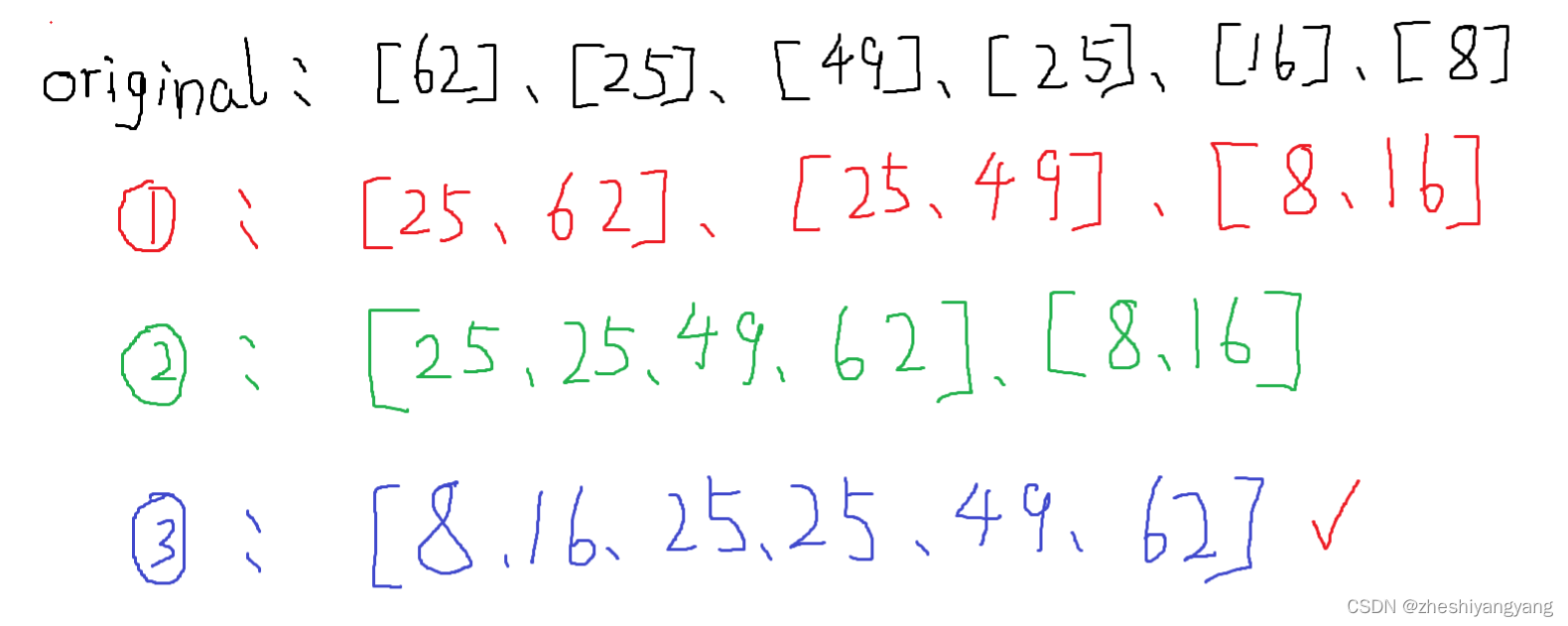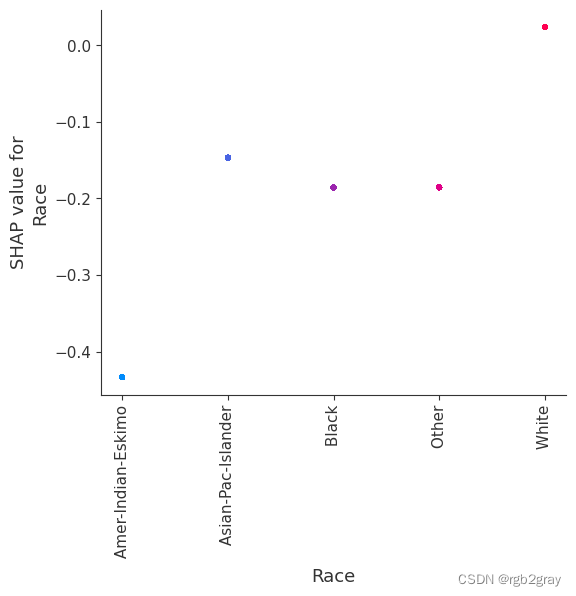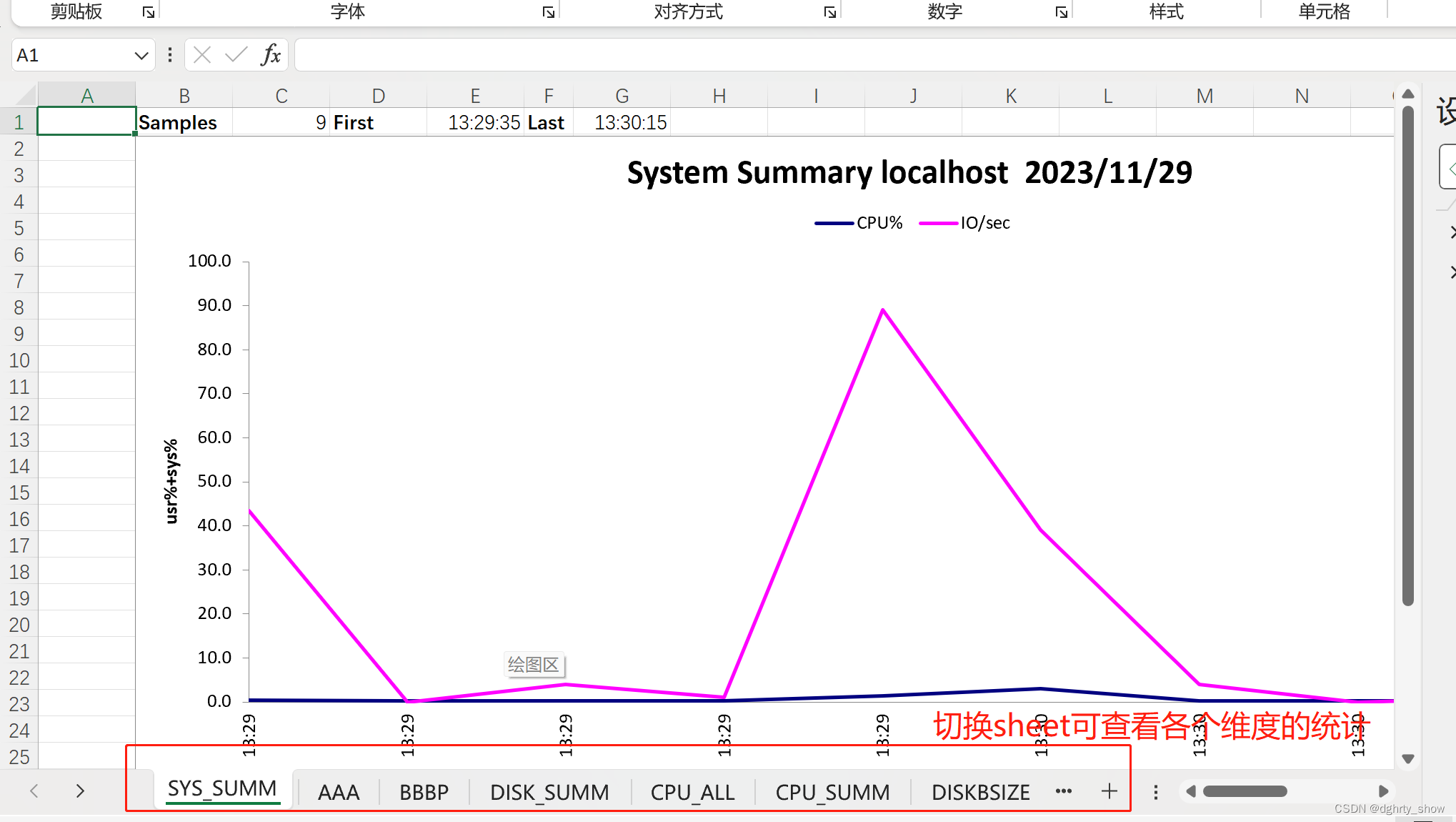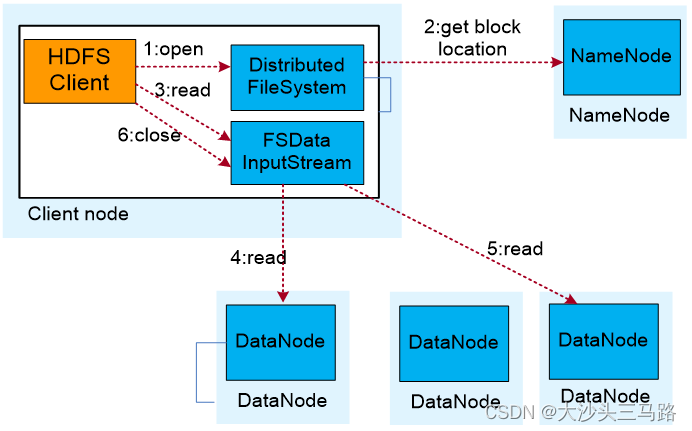Python中的图论算法(Graph Algorithms):高级数据结构解析
图是一种由节点(顶点)和边组成的数据结构,用于表示不同元素之间的关系。图论算法旨在解决与图相关的问题,例如路径查找、最短路径、最小生成树等。在本文中,我们将深入讲解Python中的图论算法,包括图的表示、常见算法、应用场景,并使用代码示例演示图论算法的操作。
基本概念
1. 图的表示
在Python中,图可以使用邻接矩阵或邻接表的方式进行表示。
- 邻接矩阵
邻接矩阵是一个二维数组,其中 matrix[i][j] 表示顶点 i 和 j 之间是否有边。
python">class GraphAdjacencyMatrix:
def __init__(self, num_vertices):
self.num_vertices = num_vertices
self.matrix = [[0] * num_vertices for _ in range(num_vertices)]
def add_edge(self, start, end):
self.matrix[start][end] = 1
self.matrix[end][start] = 1
# 示例
graph_matrix = GraphAdjacencyMatrix(5)
graph_matrix.add_edge(0, 1)
graph_matrix.add_edge(1, 2)
graph_matrix.add_edge(2, 3)
graph_matrix.add_edge(3, 4)
- 邻接表
邻接表使用字典来表示图,其中字典的键是顶点,对应的值是与该顶点相邻的顶点列表。
python">from collections import defaultdict
class GraphAdjacencyList:
def __init__(self):
self.graph = defaultdict(list)
def add_edge(self, start, end):
self.graph[start].append(end)
self.graph[end].append(start)
# 示例
graph_list = GraphAdjacencyList()
graph_list.add_edge(0, 1)
graph_list.add_edge(1, 2)
graph_list.add_edge(2, 3)
graph_list.add_edge(3, 4)
2. 图的遍历
图的遍历是访问图中所有节点的过程。常见的图遍历算法有深度优先搜索(DFS)和广度优先搜索(BFS)。
- 深度优先搜索(DFS)
DFS 通过递归或栈实现,从起始节点开始,尽可能深入到图中的节点,直到无法继续为止。
python">def dfs(graph, start, visited=None):
if visited is None:
visited = set()
visited.add(start)
print(start, end=" ")
for neighbor in graph[start]:
if neighbor not in visited:
dfs(graph, neighbor, visited)
# 示例
dfs(graph_list.graph, 0)
- 广度优先搜索(BFS)
BFS 使用队列实现,从起始节点开始,逐层访问图中的节点。
python">from collections import deque
def bfs(graph, start):
visited = set()
queue = deque([start])
visited.add(start)
while queue:
current = queue.popleft()
print(current, end=" ")
for neighbor in graph[current]:
if neighbor not in visited:
queue.append(neighbor)
visited.add(neighbor)
# 示例
bfs(graph_list.graph, 0)
常见算法
1. 最短路径算法
- Dijkstra算法
Dijkstra算法用于求解单源最短路径,通过贪心策略逐步找到最短路径。
python">import heapq
def dijkstra(graph, start):
distances = {vertex: float('infinity') for vertex in graph}
distances[start] = 0
priority_queue = [(0, start)]
while priority_queue:
current_distance, current_vertex = heapq.heappop(priority_queue)
if current_distance > distances[current_vertex]:
continue
for neighbor, weight in graph[current_vertex].items():
distance = current_distance + weight
if distance < distances[neighbor]:
distances[neighbor] = distance
heapq.heappush(priority_queue, (distance, neighbor))
return distances
# 示例
graph_weighted = {
0: {1: 1, 2: 4},
1: {0: 1, 2: 2, 3: 5},
2: {0: 4, 1: 2, 3: 1},
3: {1: 5, 2: 1}
}
shortest_distances = dijkstra(graph_weighted, 0)
print("Shortest Distances:", shortest_distances)
2. 最小生成树算法
- Prim算法
Prim算法用于求解最小生成树,通过贪心策略逐步构建树。
python">import heapq
def prim(graph):
start_vertex = list(graph.keys())[0]
visited = {start_vertex}
edges = [
(cost, start_vertex, to_vertex)
for to_vertex, cost in graph[start_vertex].items()
]
heapq.heapify(edges)
minimum_spanning_tree = []
while edges:
cost, from_vertex, to_vertex = heapq.heappop(edges)
if to_vertex not in visited:
visited.add(to_vertex)
minimum_spanning_tree.append((from_vertex, to_vertex, cost))
for neighbor, neighbor_cost in graph[to_vertex].items():
if neighbor not in visited:
heapq.heappush(edges, (neighbor_cost, to_vertex, neighbor))
return minimum_spanning_tree
# 示例
graph_weighted = {
'A': {'B': 1, 'C': 4},
'B': {'A': 1, 'C': 2, 'D': 5},
'C': {'A': 4, 'B': 2, 'D': 1},
'D': {'B': 5, 'C': 1}
}
minimum_spanning_tree = prim(graph_weighted)
print("Minimum Spanning Tree:", minimum_spanning_tree)
图论算法的应用场景
图论算法在实际应用中有广泛的应用,包括但不限于:
- 网络路由: 通过图论算法优化数据包传输路径。
- 社交网络分析: 分析社交网络中的关系、影响力等。
- 城市规划: 规划最优路径、交通流等。
- 推荐系统: 基于用户和物品之间的关系进行推荐。
总结
图论算法是解决与图相关问题的重要工具,它涵盖了图的表示、遍历、最短路径、最小生成树等多个方面。在Python中,可以使用字典等数据结构来表示图,通过深度优先搜索、广度优先搜索、Dijkstra算法、Prim算法等实现图论算法。理解图论算法的基本概念、实现方式和应用场景,将有助于更好地应用图论算法解决实际问题。







